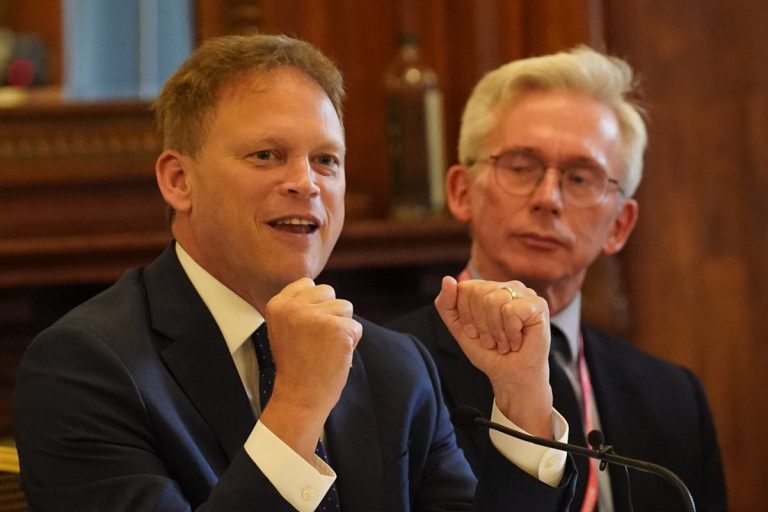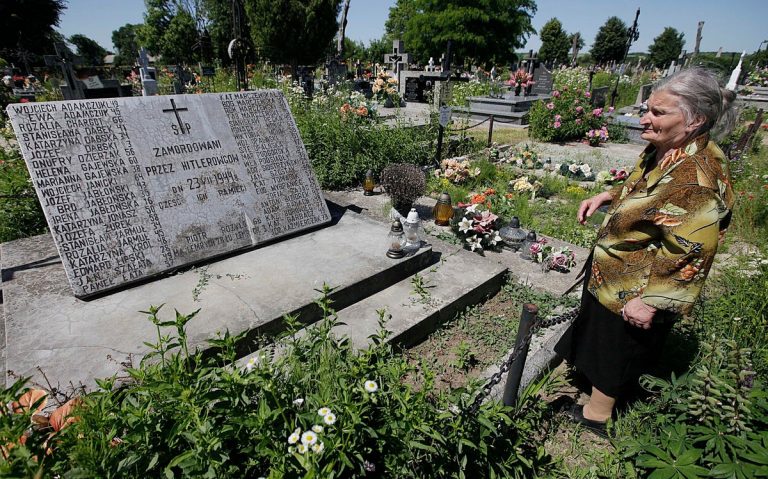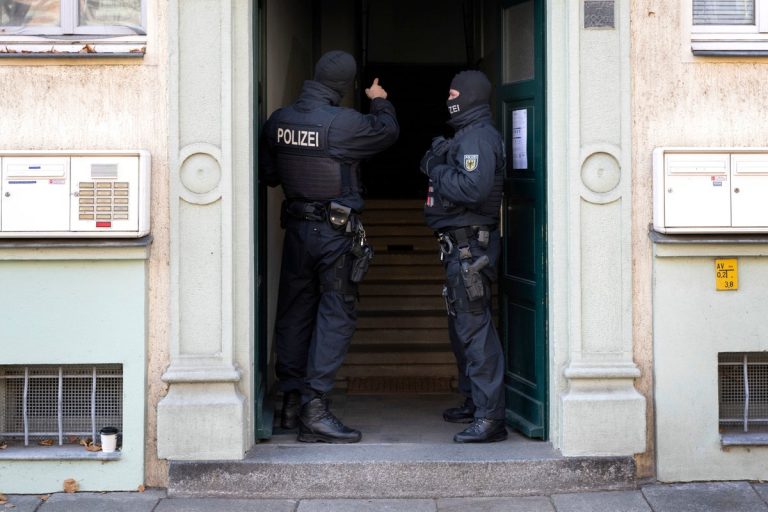Israel’s Holocaust memorial launches new conservation facility

Support truly
independent journalism
Find out moreClose
Our mission is to deliver unbiased, fact-based reporting that holds power to account and exposes the truth.
Whether $5 or $50, every contribution counts.
Support us to deliver journalism without an agenda.
Israel’s national Holocaust museum opened a new conservation facility in Jerusalem on Monday that will preserve, restore and store its more than 45,000 artifacts and works of art in a vast new building, including five floors of underground storage.
Yad Vashem, the World Holocaust Remembrance Center, serves as both a museum and a research institution. It welcomes nearly a million visitors each year, leads the country’s annual Holocaust memorial day and hosts nearly all foreign dignitaries visiting Israel.
“Before we opened this building, it was very difficult to exhibit our treasures that were kept in our vaults. They were kind of secret,” said Yad Vashem chairman Dani Dayan. „Now there’s a state-of-the-art installation (that) will help us to exhibit them.”
The David and Fela Shapell Family Collections Center, located at the Yad Vashem museum in Jerusalem, will also provide organization and storage for the museum’s 225 million pages of documents and half a million photographs.
Dayan said the materials will now be kept in a facility that preserves them in optimal temperatures and conditions.
“Yad Vashem has the largest collections in the world of materials related to the Holocaust,” Dayan said. “We will make sure that these treasures are kept for eternity.”
The new facility includes advanced, high-tech labs for conservation, enabling experts to revisit some of the museum’s trickier items, such as a film canister that a family who fled Austria in 1939 brought with them. It was donated to the museum but arrived in an advanced state of decay.
“The film arrived in the worst state it could. It smelled really bad,” said Reut Ilan-Shafik, a photography conservator at Yad Vashem. Over the years, the film had congealed into a solid piece of plastic, making it impossible to be scanned.
Using organic solvents, conservators were able to restore some of the film’s flexibility, allowing them to carefully unravel pieces of it. Using a microscope, Ilan-Shafik was able to see a few frames in their entirety, including one showing a couple kissing on a bench in a park and other snapshots of Europe before World War II.
“It is unbelievable to know that the images of the film that we otherwise thought lost to time” have been recovered, said Orit Feldberg, granddaughter of Hans and Klara Lebel, the couple featured in the film reel.
Feldberg’s mother donated the film canister, one of the few things the Lebels were able to take with them when they fled Austria.
“These photographs not only tell their unique story but also keep their memory vibrantly alive,” Feldberg said.
Conservation of items from the Holocaust is an expensive, painstaking process that has taken on greater importance as the number of survivors dwindles.
Last month, the Auschwitz Memorial announced it had finished a half-million-dollar project to conserve 3,000 of the 8,000 pairs of children’s shoes that are on display at the Nazi concentration camp in Poland.






